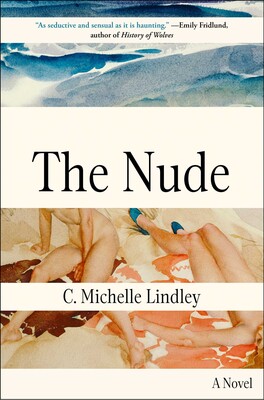When a Greek fisherman caught a woman’s body in his net—a marble statue, around five feet tall, missing two arms—I was working for a museum in Los Angeles on the other side of the world. After the discovery, a group of men hauled the figure to the island’s only museum, cleaned her, and kept her on a metal table in a climate-controlled room near the back of the building. It was there, somewhere in southern Greece, on a windy day in April, where I first saw her.
“Doctor Clarke,” the local antiquities dealer, a man named Alec, said. “What do you think?” We were standing on opposite ends of the table where she lay, the only living people in the room, his eyes darting from me to her, her to me. I specialized in female statues of the Hellenistic Mediterranean, and though I was a curator for one of the most respected institutions in the states, whenever a colleague or patron called me Doctor, I did not immediately register myself as the object of their address, and in the ensuing blip of silence, an overwhelming self-consciousness would turn my tongue to stone.
What did I think? Pentelic marble, head tilted back, a stretched neck. If the statue should have cracked anywhere, it would have been there, but that delicate neck defied its own vulnerability. She was completely nude, with a rift on her right breast, a smooth abdomen, and censored vulva.
Minor depressions carved into both sides of her hips. She might have been holding something in her left hand—a mirror, li.


















